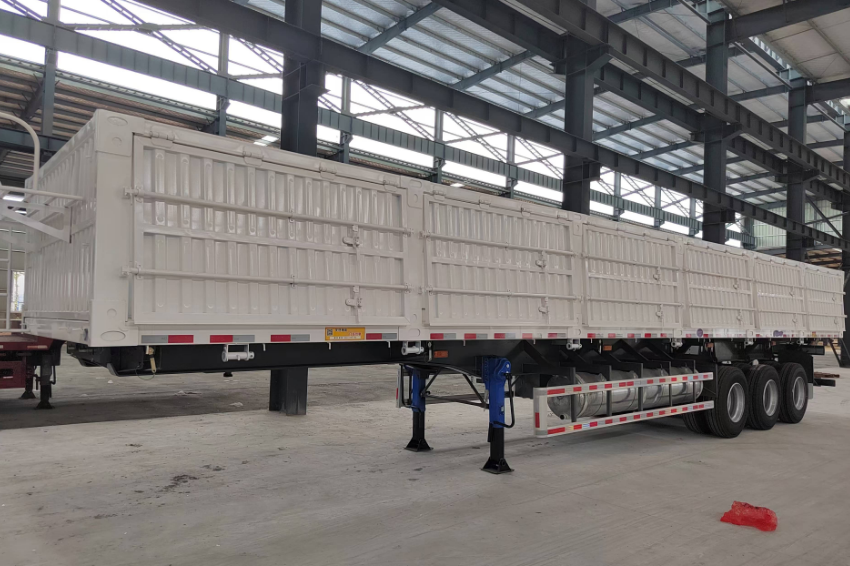In the modern world of e-commerce and global trade, shipping refrigerated food has become a critical component of the supply chain. Whether you are a small business owner looking to expand your reach or a large corporation managing complex logistics, understanding the intricacies of shipping perishable goods is essential. This article delves into the best practices, technologies, and regulations involved in shipping refrigerated food, ensuring that your products arrive fresh and safe.
Understanding the Importance of Temperature Control
When it comes to shipping refrigerated food, maintaining the appropriate temperature is paramount. Perishable items, such as dairy products, meats, and certain fruits and vegetables, require specific temperature ranges to prevent spoilage and bacterial growth. The USDA recommends that refrigerated food be kept at or below 40°F (4°C) during transit. Failure to maintain these temperatures can lead to foodborne illnesses and significant financial losses.
Choosing the Right Packaging
The first step in ensuring the safe transport of refrigerated food is selecting the appropriate packaging. Here are some key considerations:
- Insulated Containers: Use insulated boxes or containers designed specifically for refrigerated goods. These containers help maintain the internal temperature by reducing heat transfer from the external environment.
- Gel Packs and Dry Ice: Depending on the duration of transit, you may need to use gel packs or dry ice to keep the temperature stable. Gel packs are ideal for shorter shipping times, while dry ice can maintain lower temperatures for extended periods. However, be aware of the regulations regarding dry ice, as it can pose risks if not handled properly.
- Sealing and Labeling: Ensure that all packages are sealed tightly to prevent leaks and contamination. Additionally, proper labeling is crucial. Include handling instructions and temperature requirements to inform carriers and recipients about the nature of the contents.
Selecting the Right Shipping Method
Choosing the right shipping method is vital for the successful transport of refrigerated food. Here are some options to consider:
- Air Freight: For urgent shipments, air freight is the fastest option. Many airlines offer specialized services for perishable goods, ensuring that temperature control is maintained throughout the journey.
- Refrigerated Trucks: For ground transportation, refrigerated trucks are essential. These vehicles are equipped with temperature-controlled compartments, allowing for the safe transport of perishable items over longer distances.
- Third-Party Logistics (3PL): Partnering with a 3PL provider that specializes in refrigerated logistics can streamline your shipping process. These companies have the expertise and resources to manage temperature-sensitive shipments effectively.
Compliance with Regulations
Shipping refrigerated food also involves adhering to various regulations and standards. Here are some key points to consider:
- FDA Regulations: The Food and Drug Administration (FDA) has specific guidelines for the transportation of food products. Ensure that your shipping practices comply with these regulations to avoid legal issues.
- HACCP Principles: Implementing Hazard Analysis Critical Control Point (HACCP) principles can help identify potential hazards in your shipping process and establish critical control points to mitigate risks.
- Documentation: Maintain accurate records of temperature monitoring, shipping times, and compliance with regulations. This documentation is essential for traceability and accountability in case of any issues.
Monitoring Temperature During Transit
To ensure that your refrigerated food remains within the safe temperature range during transit, consider implementing temperature monitoring solutions:
- Data Loggers: Use temperature data loggers that record temperature fluctuations throughout the shipping process. These devices can provide valuable insights and help identify any potential issues.
- Real-Time Monitoring: For high-value or sensitive shipments, consider using real-time temperature monitoring systems. These systems send alerts if the temperature deviates from the set range, allowing for immediate corrective actions.
Conclusion
Shipping refrigerated food is a complex process that requires careful planning and execution. By understanding the importance of temperature control, selecting the right packaging and shipping methods, complying with regulations, and monitoring temperature during transit, you can ensure that your perishable products arrive fresh and safe. As the demand for refrigerated food continues to grow, mastering these practices will not only enhance your business's reputation but also contribute to the overall safety of the food supply chain.



